Reviewed by Julianne Ngirngir
Samsung's relationship with color accuracy has been, let's call it complicated. The company's EVP Patrick Chomet recently told TechRadar that "there is no such thing as a real picture" — a bold stance that's either philosophical genius or convenient justification for aggressive post-processing. This philosophy translates directly into Samsung's processing pipeline, where AI algorithms make bulk corrections that prioritize visual "pop" over photographic accuracy.
Meanwhile, user complaints paint a different picture: "For a $1300 phone, its embarrassing the quality of photos this phone takes or 'optimizes.'" The tension reveals Samsung's fundamental challenge — bridging the gap between corporate AI vision and what users actually want from their cameras.
The vivid mode controversy that won't die
Samsung's display decisions with the Galaxy S24 series revealed exactly how divisive color choices can be. Initially, Samsung explained that vivid mode adjustments were "intentional" and "not a product defect," designed to provide "a more natural viewing experience." Users weren't buying it — literally and figuratively.
The backlash was swift enough to force Samsung's hand. The company eventually developed a vividness slider that would let users dial up saturation to match older Galaxy phones. By "leveling up the Vividness by two tiers," users could get "S21 Ultra-like colors" back on their S24 Ultra.
Here's the thing: this display controversy exposes Samsung's broader market research failure. Display experts at DXOMARK concluded that the Galaxy S24 Ultra has "the best display ever on a smartphone" — yet users still complained about the colors looking wrong. When technical excellence doesn't translate to user satisfaction, it suggests a fundamental disconnect between engineering priorities and customer expectations. This same pattern now appears to be repeating with camera processing.
When Samsung's processing pipeline breaks down
The real issue isn't whether Samsung's colors are technically accurate — it's that the processing pipeline creates a computational bottleneck where quality suffers under pressure. Users report that "the S24 changing my color saturation after taking a pic" with the phone applying "a filter and make the pic look awful" seconds after capture.
This processing breakdown follows a predictable pattern across Samsung's camera modes. The 200MP sensor requires dramatically more computational power for real-time processing, forcing Samsung's AI to make aggressive shortcuts that prioritize speed over quality. One S23 user noted that "the 50MP camera tends to over-process images, leaving yellow patches on the skin, especially in direct sunlight," while the 12MP and portrait modes "perform exceptionally well."
The technical explanation is straightforward: higher-resolution modes demand more processing power, so Samsung's algorithms make bulk corrections rather than nuanced adjustments. When users experience "yellow patches on skin" or oversaturation, they're seeing the computational compromise where Samsung's AI applies broad-brush fixes instead of targeted improvements.
What's particularly revealing? There's evidence that third-party camera apps can "capture Ultra HDR just fine," suggesting Samsung's claimed hardware limitations might actually be software optimization failures.
The business disconnect behind processing problems
Here's where Samsung's rumored vivid photo mode could create a bigger problem: it addresses symptoms rather than root causes. The S25 Ultra's camera improvements — including a 50MP ultrawide upgrade from the S24 Ultra's 12MP sensor — show Samsung's hardware game remains strong. But hardware improvements mean nothing when software processing degrades the final output.
Samsung's ProVisual Engine promises AI-powered photography that "ensures you can snap the best shot every time, no matter your experience level." The reality reveals a concerning regression pattern: users are reporting that their "old S21 5G, which is 4 years old takes much better pictures" with "significantly better" color accuracy than the S25 Ultra.
This regression suggests Samsung's development priorities favor computational photography features over fundamental image quality. When a four-year-old phone outperforms the latest flagship, it indicates that Samsung's AI processing hasn't scaled effectively with their hardware advances. The business implication is clear: Samsung is asking customers to pay premium prices for processing experiments that often make photos worse, not better.
What this means for your next Samsung purchase
Samsung's color conundrum reflects a broader tension in smartphone photography: the gap between what computational AI thinks looks good and what actually serves users best. The company's willingness to backtrack on display decisions suggests they're listening, but the pattern of launching with problematic processing and fixing it later isn't sustainable for a premium brand.
PRO TIP: If you're considering a Galaxy purchase, test the camera extensively during your return window. Focus on the specific photography scenarios you use most — portraits, low light, or high-contrast scenes — and compare results across different resolution modes.
For potential Galaxy buyers, the lesson is clear: Samsung's camera hardware consistently impresses, but the software experience remains inconsistent. Photography enthusiasts should consider the Galaxy S21 series, which offers proven processing stability, or wait to see if Samsung addresses these computational photography issues in future updates.
The good news? Samsung has shown they'll respond to user feedback, even if it means admitting their "intentional" design choices were wrong. The bad news? You might be paying flagship prices to beta test camera features that should have worked correctly from day one.
Don't Miss: The fundamental question isn't whether Samsung can fix these issues — it's whether they'll prioritize user experience over AI showcase features in their next processing pipeline update.




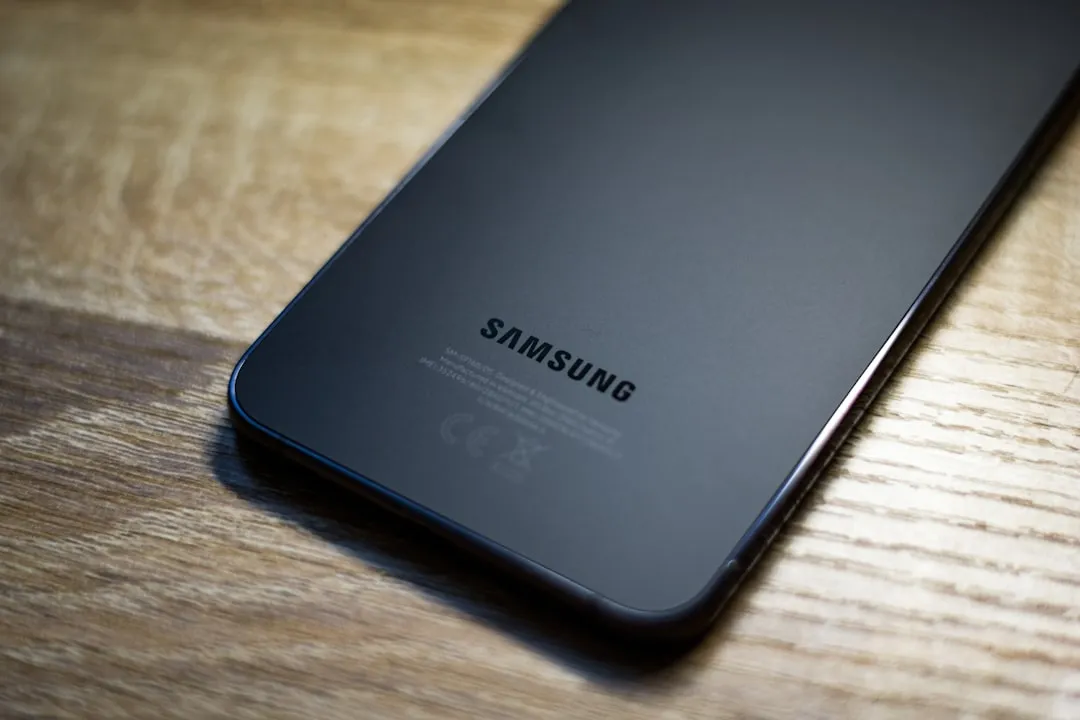
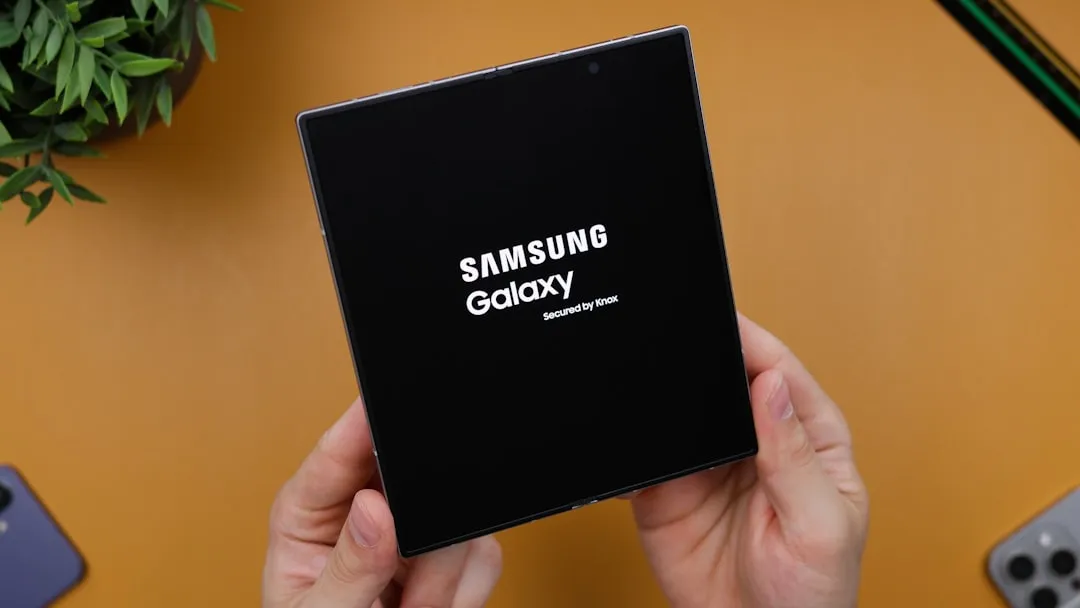
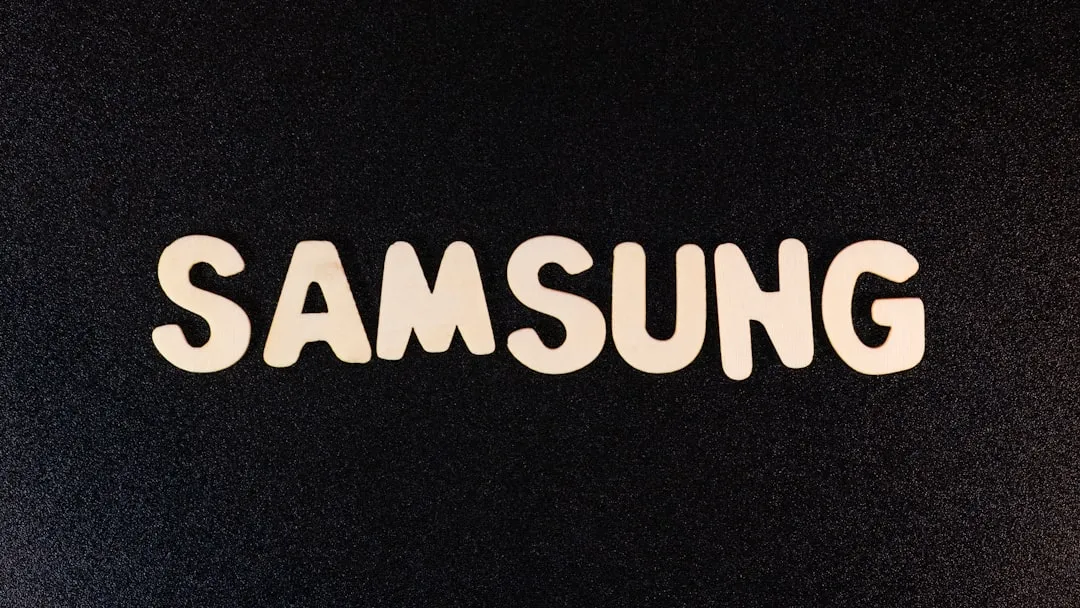
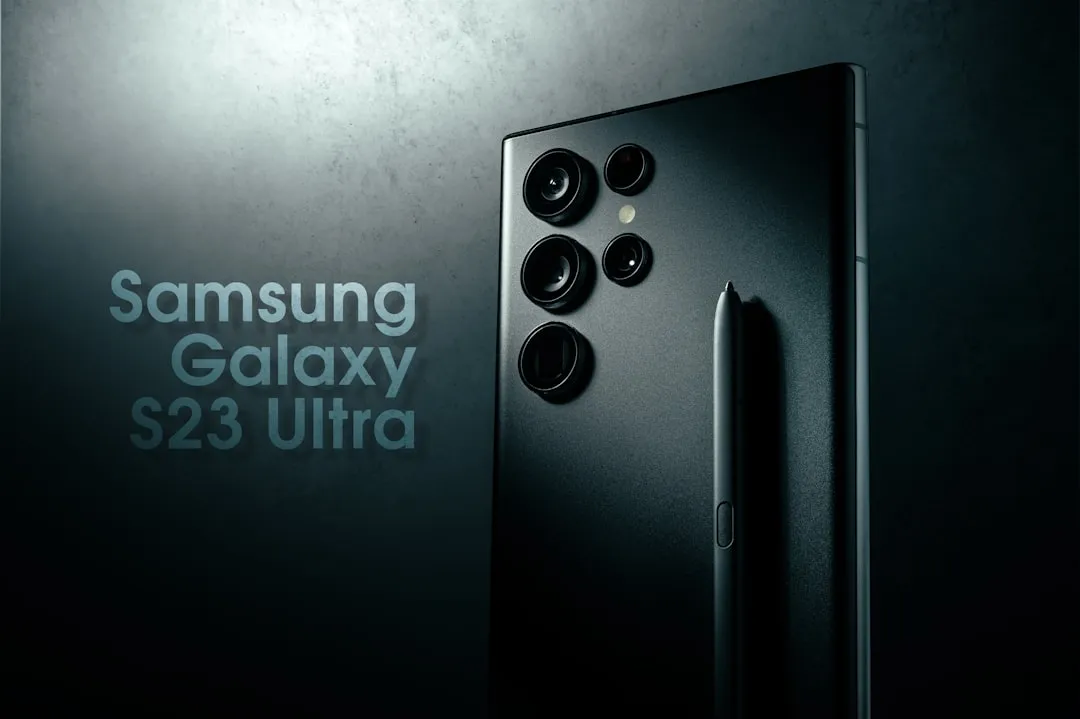




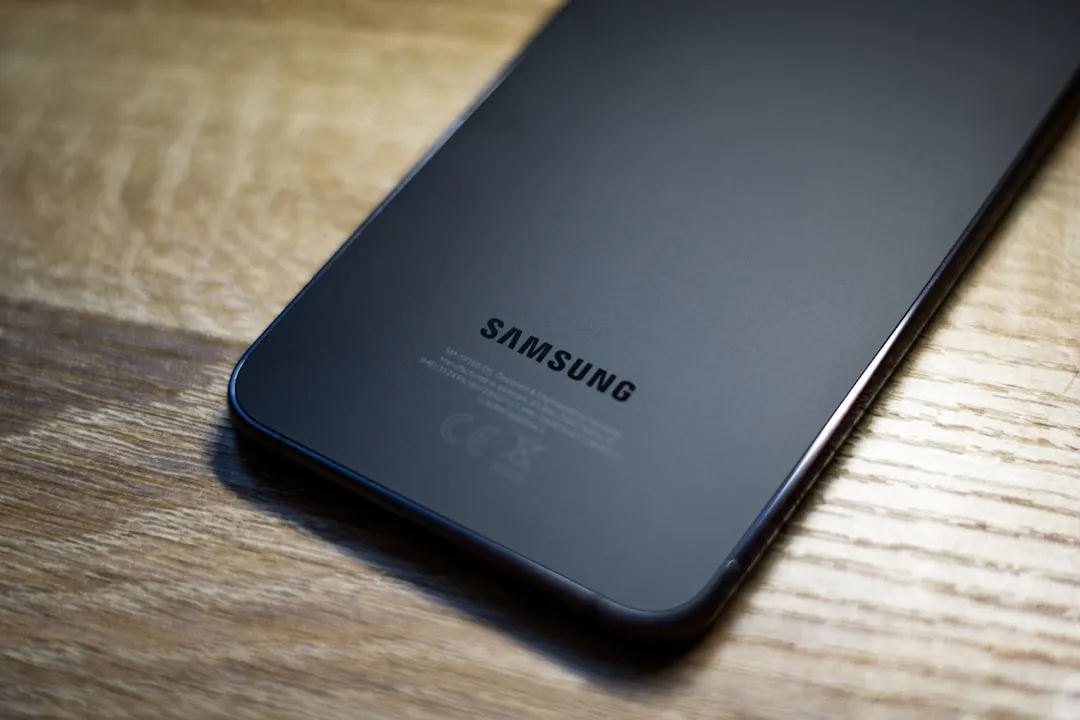
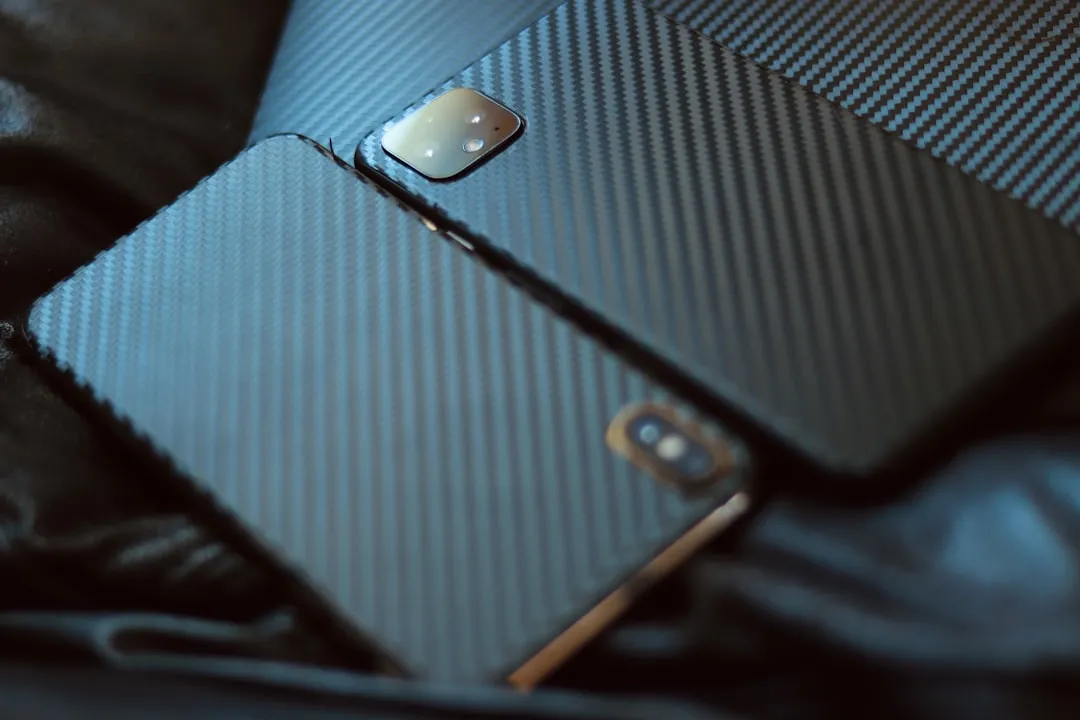
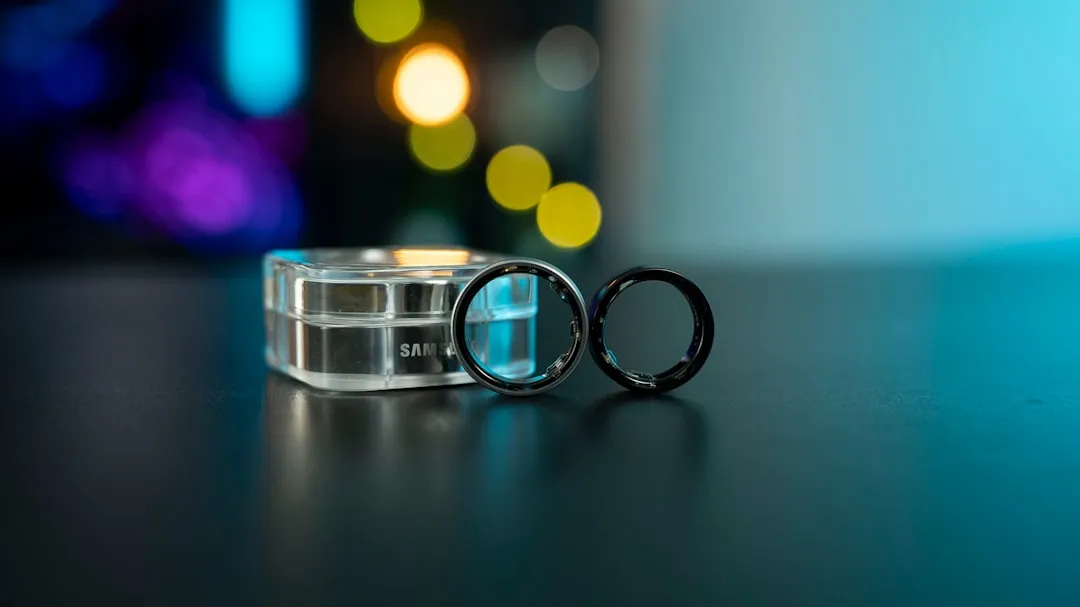


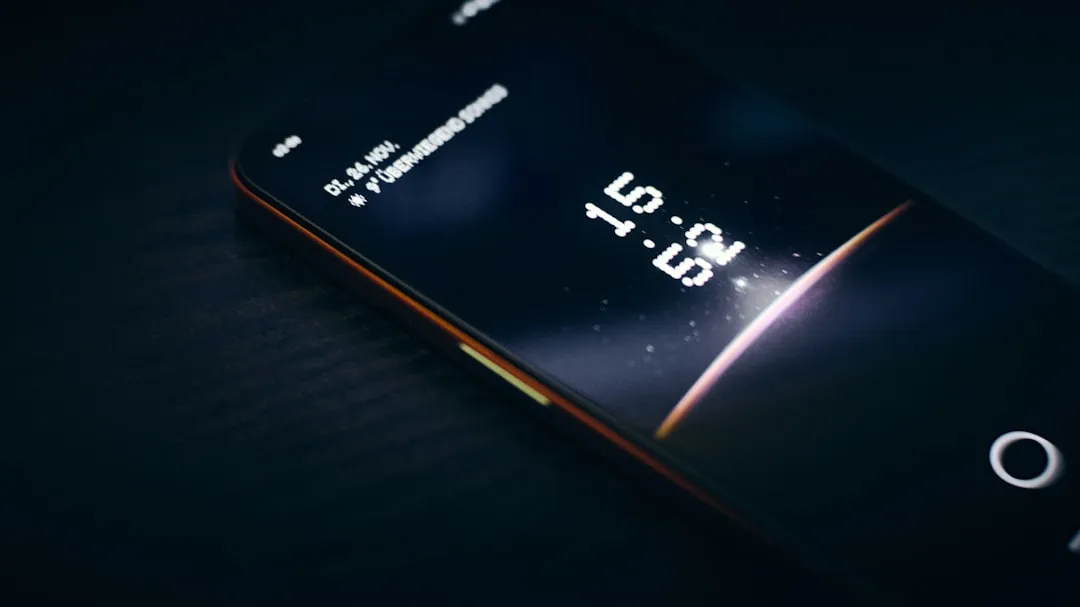
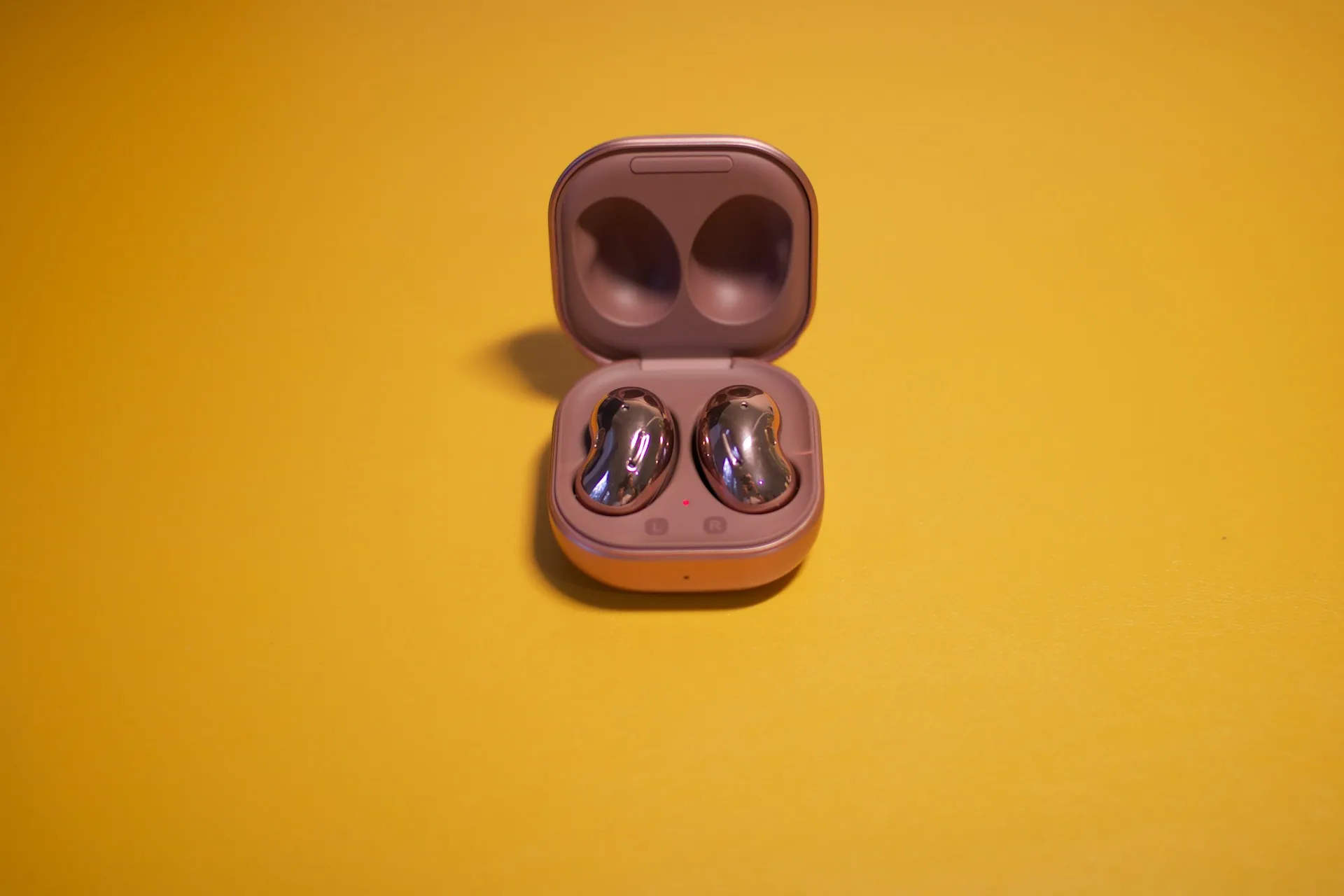
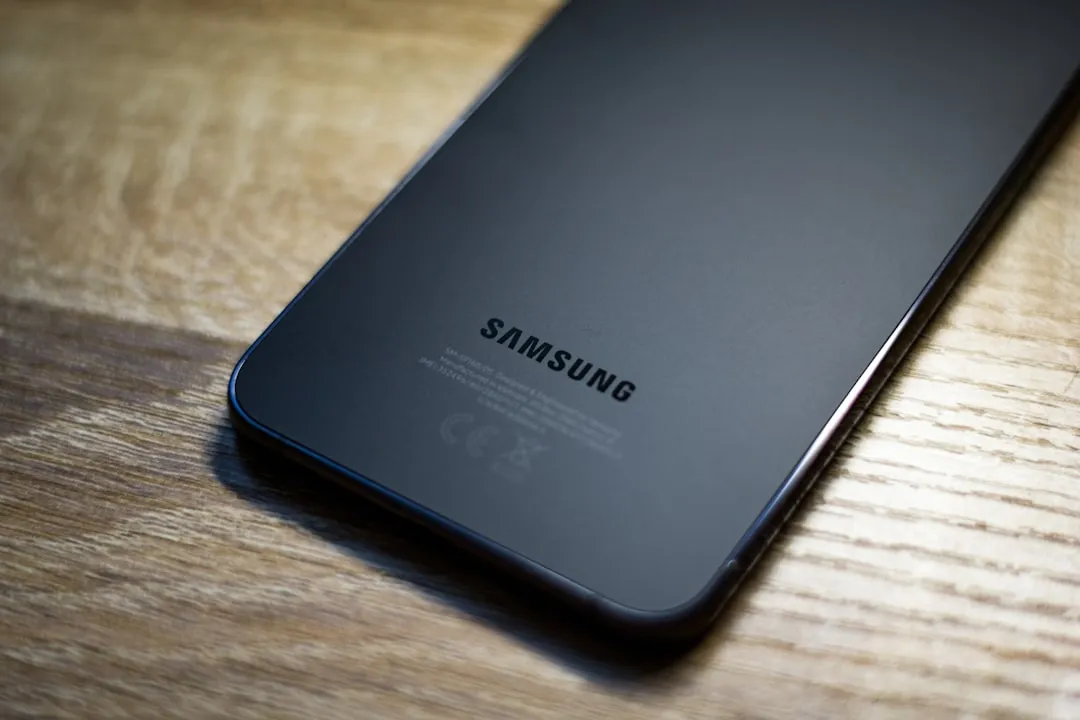
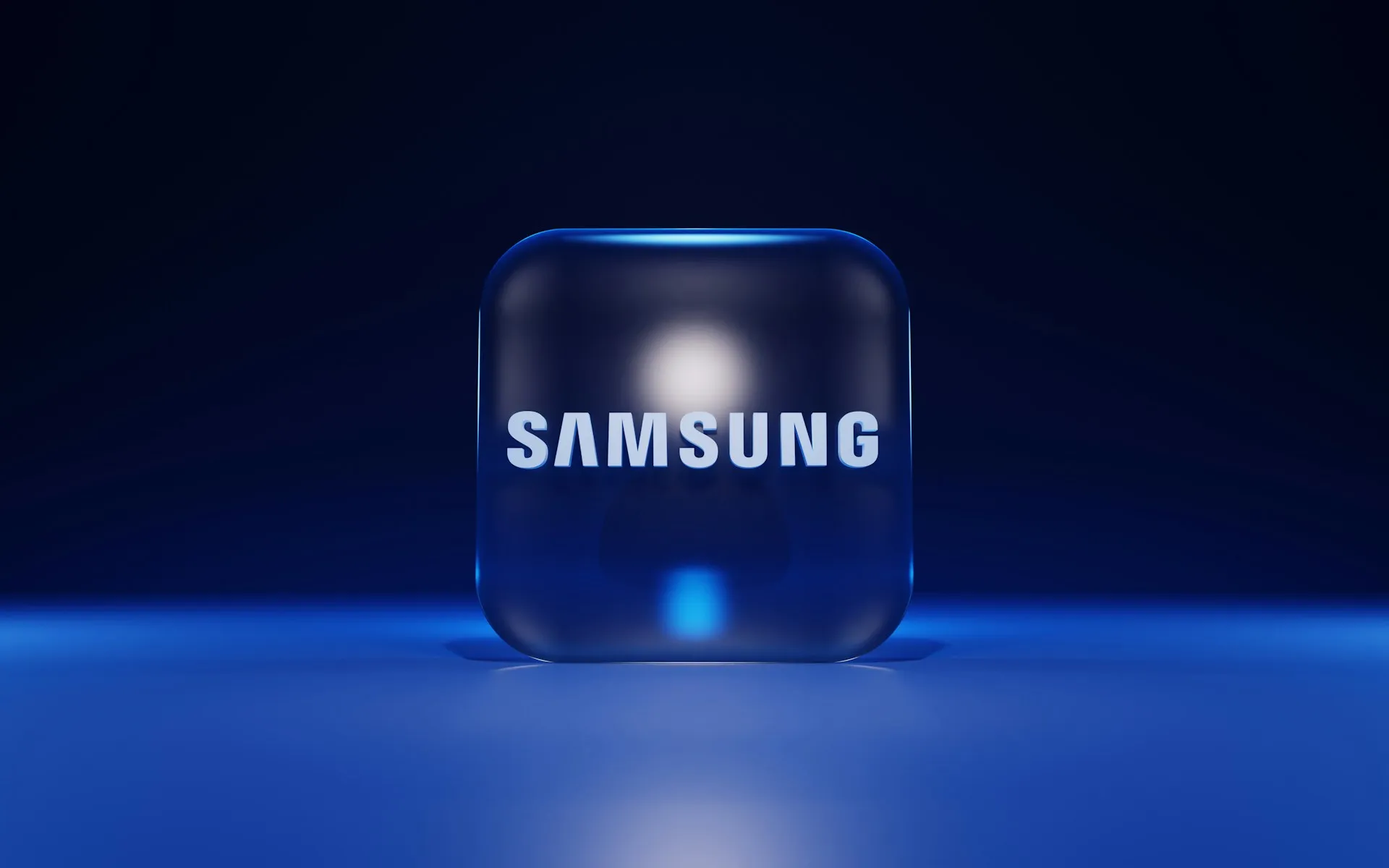

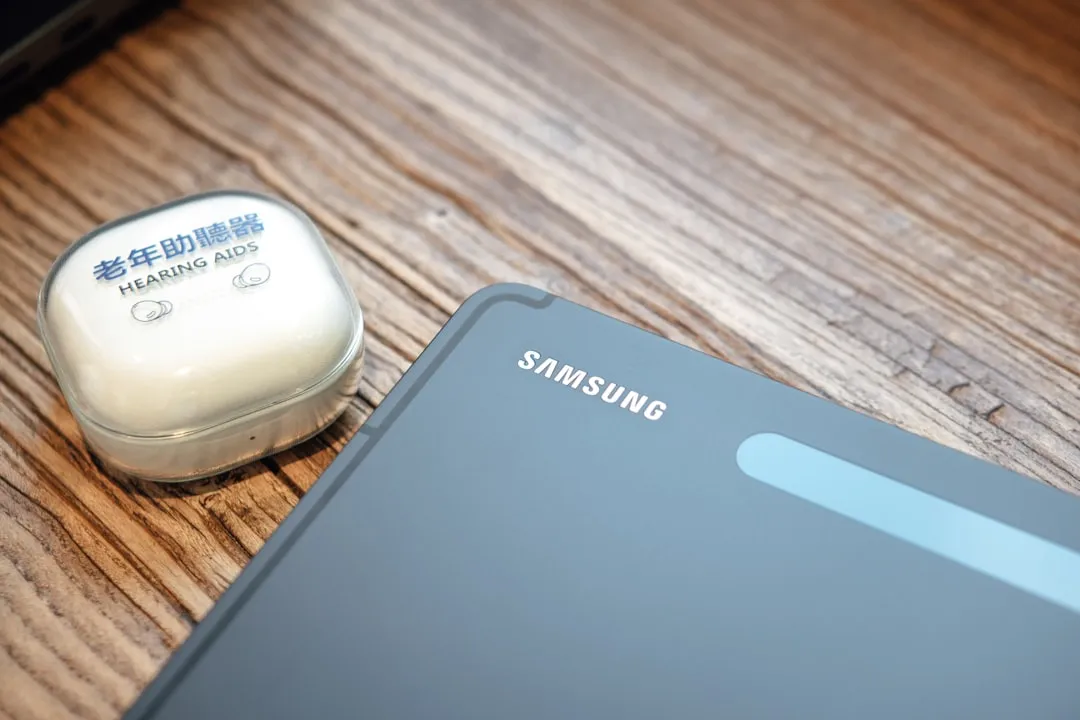

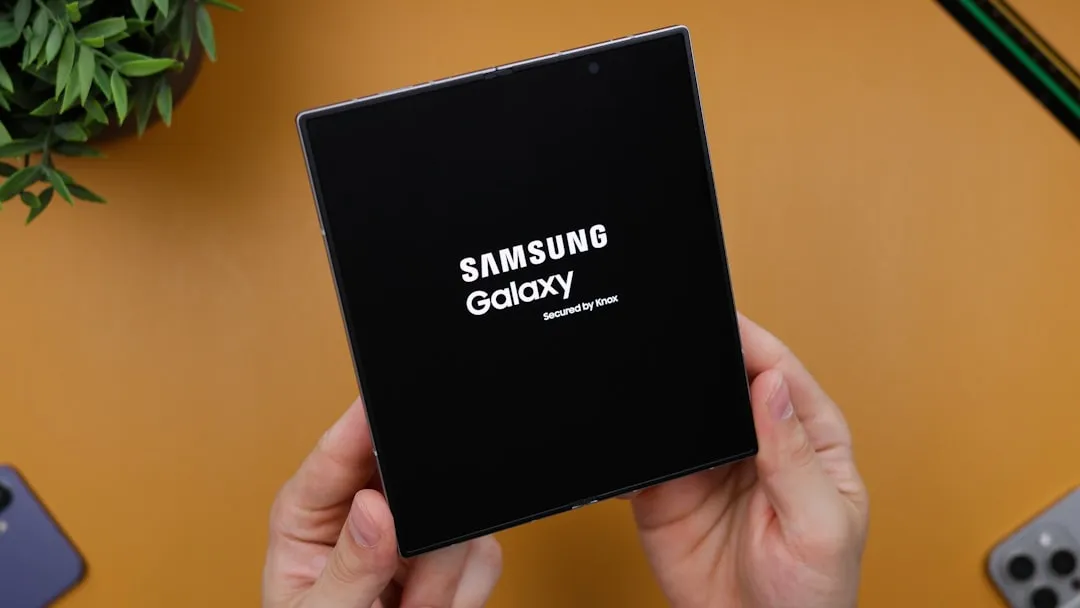
Comments
Be the first, drop a comment!